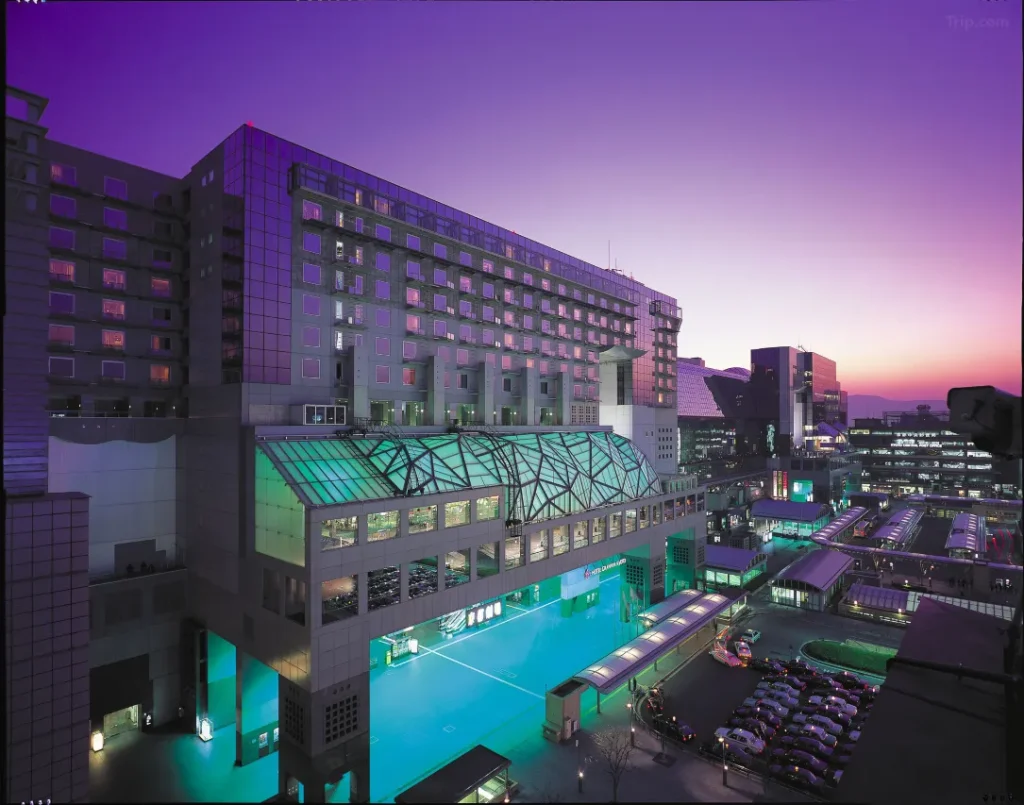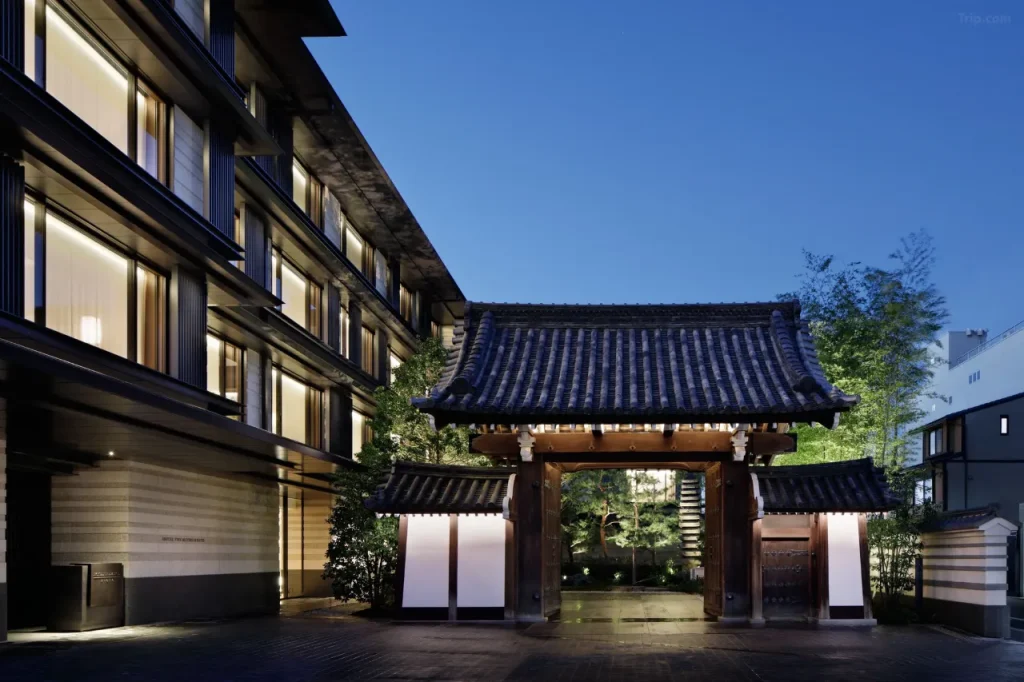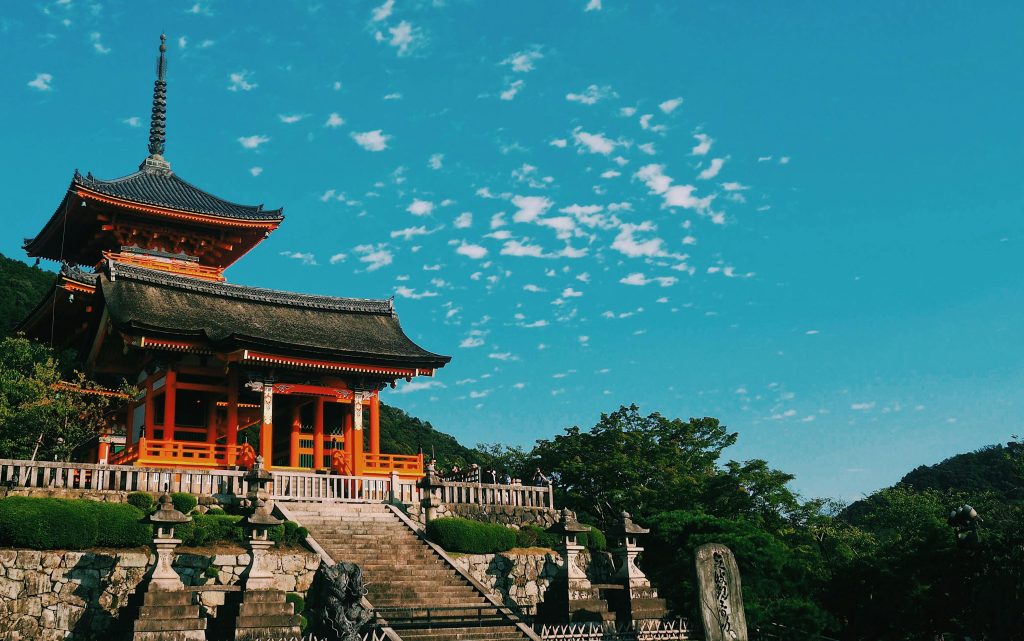
48 Hours in Kyoto: The Perfect Itinerary for First-Timers
As seasoned travel writers who have explored countless destinations across Asia, we can definitively say that attempting to experience Kyoto in merely 48 hours is ambitious, if not slightly overwhelming. Nevertheless, for travelers constrained by time, we have crafted an optimized itinerary that captures the essence of this historical Japanese city. Here is our account of how to maximize a brief stay in Japan’s cultural capital.
Day One: Eastern Kyoto's Cultural Heritage
Morning: Kiyomizu-dera and Southern Higashiyama
Our day commenced at dawn with a brisk walk through the narrow streets of Southern Higashiyama. The early morning silence was punctuated only by the gentle sounds of shopkeepers preparing for the day ahead. We arrived at Kiyomizu-dera just as it opened at 6:00 AM, allowing us to experience this UNESCO World Heritage site without the usual crowds. The temple’s wooden terrace, extending over the hillside, provided a magnificent overview of Kyoto, with cherry trees swaying gently in the morning breeze.
Afternoon: The Path of Philosophy
For lunch, we made an unexpected yet delightful discovery at the local Life supermarket near Keage Station. The quality of supermarket sushi in Japan never ceases to amaze us – we enjoyed an impressive selection of fresh nigiri and maki rolls for less than ¥1,000 per person. This budget-friendly option proved that excellent Japanese food doesn’t always require a restaurant setting.
Following our lunch, we embarked on the renowned Philosopher’s Path. This stone walkway, running alongside a peaceful canal, led us past several significant temples. The highlight was undoubtedly Ginkaku-ji, the Silver Pavilion, where we spent an hour admiring its meticulously maintained sand gardens and moss-covered grounds.
Evening: Gion District
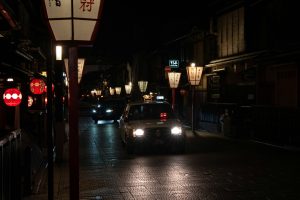
As dusk approached, we made our way to Gion, Kyoto’s famous geisha district. The preservation of traditional architecture here is remarkable, with wooden machiya merchant houses lining the streets. We weren’t fortunate enough to get a glimpse of any geiko (Kyoto’s term for geisha) but that should be a reason to return to Kyoto in the future. Dinner consisted of a carefully curated kaiseki meal at a centuries-old restaurant, where each course reflected the seasonal changes in Kyoto’s culinary landscape.
Day Two: Western Kyoto's Natural Beauty
Morning: Arashiyama Bamboo Grove
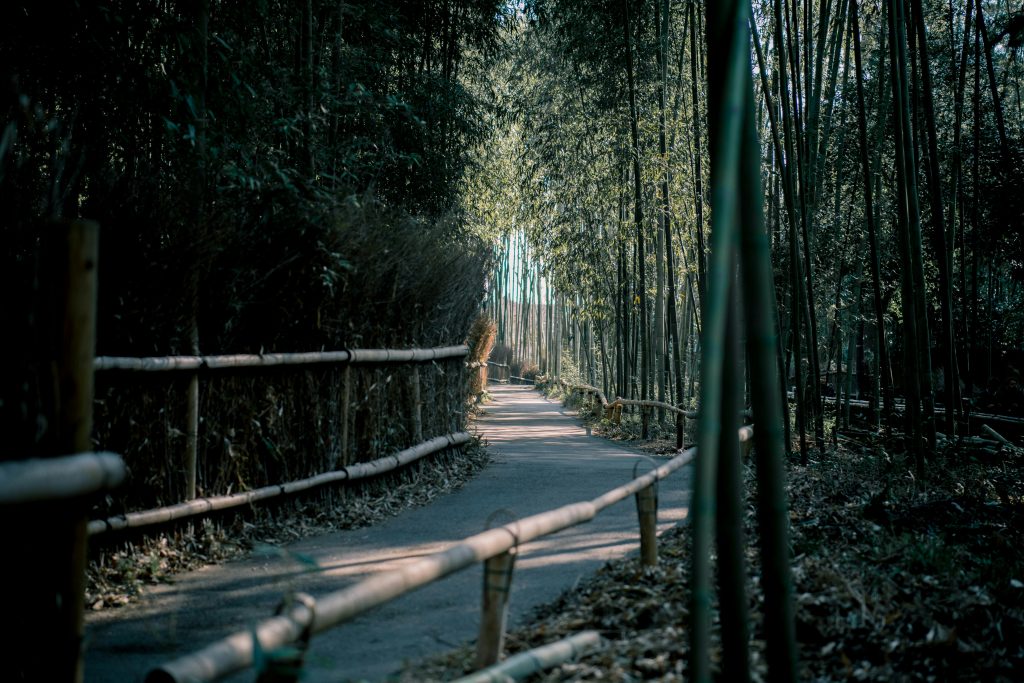
Our second day began with an early train ride to Arashiyama. The bamboo grove, while frequently photographed, still manages to exceed expectations. The towering green stalks created natural corridors that seemed to stretch endlessly upward. We recommend arriving before 8:00 AM to capture photographs without other visitors in frame.
Afternoon: Temple Circuit
The afternoon was dedicated to visiting Kyoto’s western temples. Kinkaku-ji, the Golden Pavilion, reflected brilliantly in its mirror pond. Despite the crowds, the sight of this gold-leaf covered temple against the blue sky justified its popularity. We followed this with a visit to Ryoan-ji, home to Japan’s most famous rock garden, where we spent a contemplative hour attempting to understand its minimalist beauty.
Evening: Pontocho and Departure
Our final evening was spent walking through Pontocho, a narrow alley running parallel to the Kamo River. The traditional lanterns cast a warm glow over the wooden buildings, creating an atmosphere that has remained largely unchanged for centuries. We concluded our visit with dinner at a riverside restaurant, where the open-air dining platform offered views of the city’s nighttime illumination.
Accommodation Options
Budget-Friendly
The Piece Hostel Sanjo excels in combining affordability with style. Located in central Kyoto, this modern hostel offers both dormitory and private rooms with minimalist design elements. The rooftop terrace provides a peaceful retreat after a day of sightseeing, and the common kitchen facilities help reduce meal expenses.
Mid-Range
The Hotel Granvia Kyoto, situated directly above Kyoto Station, offers exceptional convenience for travelers. The rooms feature contemporary designs with touches of traditional Japanese aesthetics, and the hotel’s location provides easy access to both the city’s attractions and transportation links to other parts of Japan.
Luxury
The Hotel The Mitsui Kyoto, a distinguished property within Marriott’s Luxury Collection portfolio, represents an exceptional blend of traditional Japanese aesthetics and contemporary luxury in the heart of Kyoto’s historic district. Occupying the ancestral home of the noble Mitsui family and situated directly opposite the 17th-century Nijo Castle, this refined establishment features 161 elegantly appointed rooms and suites that showcase minimalist Japanese design principles while incorporating modern amenities. The property’s crowning features include a wellness center built around a natural hot spring, a signature restaurant offering innovative Japanese cuisine, and meticulously landscaped Japanese gardens that provide a tranquil sanctuary from the urban surroundings. Guest experiences are elevated through personalized service, with the hotel’s cultural concierge offering exclusive access to Kyoto’s temples, private tea ceremonies, and traditional craft workshops, making it an ideal choice for discerning travelers seeking an authentic yet luxurious Japanese cultural immersion.
Final Thoughts
Two days in Kyoto merely scratches the surface of what this extraordinary city has to offer. Each neighborhood deserves days of exploration, each temple merits hours of contemplation, and each seasonal change brings new perspectives to familiar scenes. While our 48-hour itinerary provides a glimpse into Kyoto’s charm, we strongly advocate for a longer stay when circumstances permit. The city’s layers of history, culture, and beauty reveal themselves slowly, rewarding those who can afford to linger.


